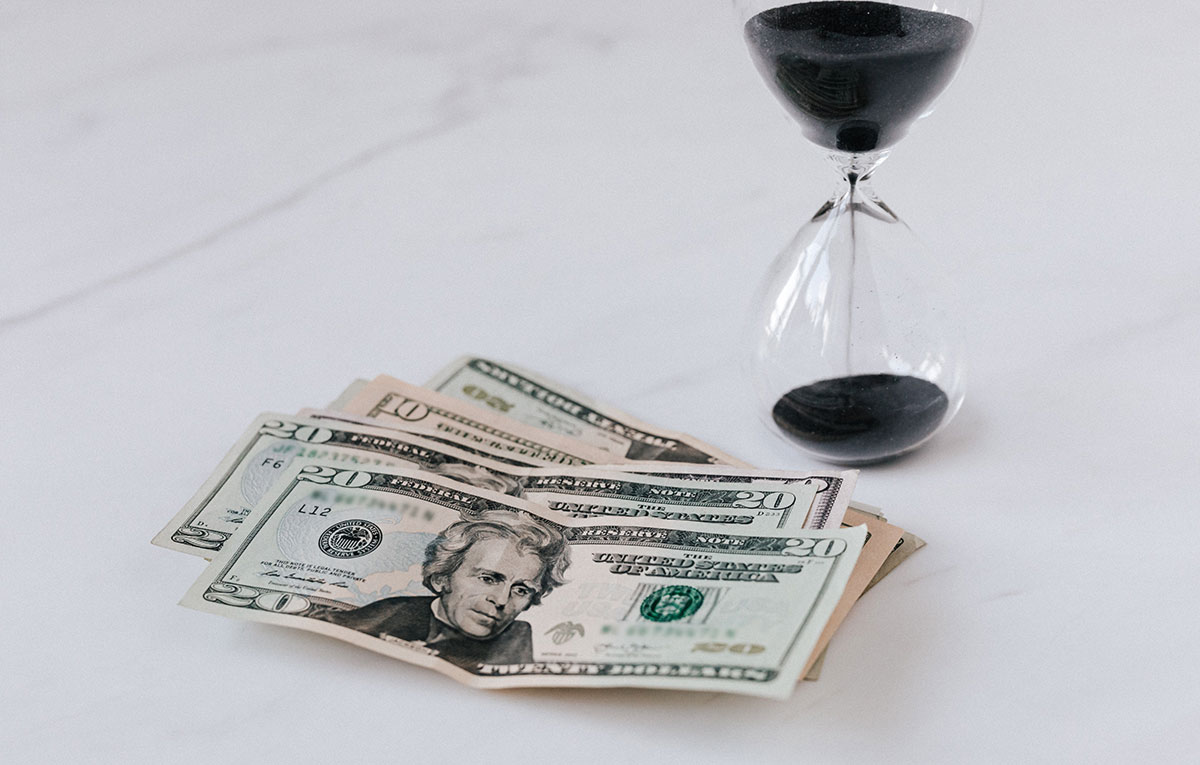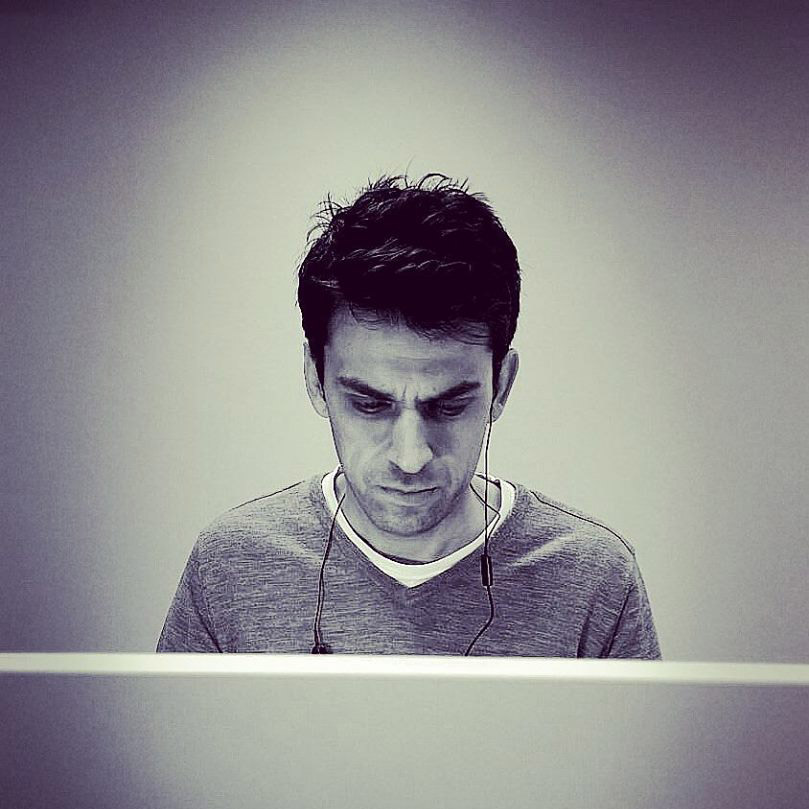How important is getting your startup to break even?
Getting you startup to break even. It can seem like THE major landmark for most startups to celebrate and say “we’ve made it”. And, in many ways, it certainly is.

But. You knew there was one coming, didn’t you? The fact is that, actually, defining what breaking even means for companies, can be quite complex in our modern age of “just keep it growing people – until it becomes a monster”. Or unicorn. But we won’t go there.
Because getting your startup to break even is not an end-goal in and by itself. There is something much more important, which will secure a business in the long term. What is it? Becoming cash flow positive, of course!
This is the real “break-even alternative” that we, at Starttech, prefer to focus on. If you want to become a profitable B2B SaaS startup, especially – like many of our portfolio companies – this is the question you should focus on.
What’s the advantage of focusing on becoming cash flow positive? The first, and perhaps less obvious one, is that you avoid the seduction of large sums of funding, which could possibly be made available to you.
Why is that important? Because, at some stage, that funding will stop. And it goes without saying that if your business model and strategy is not geared towards becoming cash flow positive, then you will be stuck in a hole that’s very, very difficult to climb out of.
Getting your startup to break even: an introduction
By no means is the above a revolutionary idea. But you would be surprised by how much the good people in Silicon Valley seem to ignore it. We are continuously dumbfounded by the popular “Hollywood startup” growth and investment strategies, which still hold weight in the Bay Area, versus the more – let’s say – balanced approach in the European startup ecosystem.
And what is that “balanced” approach based on then? Well, in simple terms, it’s all about using EBITDA (Earnings before interest, taxes, depreciation, and amortization) as your guiding light, and being frugal. Or, if you don’t want to use such terms, let’s use the right action, right time.
What does this entail exactly? Well, in a nutshell it’s this:
- Bootstrapping as much as possible
- First (before pitching for any additional funding) exhaust all resources from those 3Fs (family, friends and fools), as well as angel investors
- Keep salaries relatively low until break even point
- Automate as many functions, where possible
- Keep marketing investment modest and linked to customer acquisition
All of the above may not seem very glamorous, but you are much likely to create a resilient company, or a recession-proof startup. It’s what we at Starttech call the Minimum Viable Investment Framework (MVIF), focusing on ensuring a healthy EBITDA; which is the fundamental ability to generate profits, in order to serve your customers, employees, suppliers. And, we’ll even go as far as to add “society at large”.
And that’s because, if you can’t create economic value, then your business is most probably a lost cause.
So, instead of focusing on getting your startup to break even, focus on getting cash-flow positive, as fast as you can. Why? One word; freedom! (screams in Mel Gibson’s best William Wallace impersonation)
Advantages of being cash flow positive:
- You don’t have to worry about raising money any longer
- You’re equity position is not getting diluted any longer
- You can reinvest your profits in the business to keep growing or develop your product/service further
- You’ll develop a cash buffer in case things take a turn for the worst (er, hello Covid-19 and similar situations – although we hope there won’t be one)
- You’ll be in a position to “not sell” the company, if you don’t want to
- Eventually your company needs to make money so you’ll be early on the “train”
- Bonus: you should also enjoy a lot less stressful daily routine
How does all of the above sound? Pretty good, right? We hope it’s clear what you need to focus on, especially in the early stages; the lost art of capital efficiency. And, while you’re at it, don’t forget to apply the same principles to your product or service, and target product development efficiency. We have been banging on both of these drums for years now, and we will keep hitting them as hard as we can.
Here’s why; in times when it’s easy to raise capital, being capital efficient seems to be instantly forgotten. But it really is the key to having a healthy startup, which you want to eventually graduate into a scale-up; and beyond.
The frugal road to freedom…
So, there you have it. The road to financial freedom is not always about the glitz and glamour of Venture Capital fundraising rounds – which, actually, by definition, are not good for all startups. Yes, there will always be that route, but those who take it will only always be a select few.
Why not let them hog the limelight – in both good times and bad; while you follow the frugal route to getting your startup to break even. That’s by becoming cash flow positive as fast as you can. Growth can wait.
